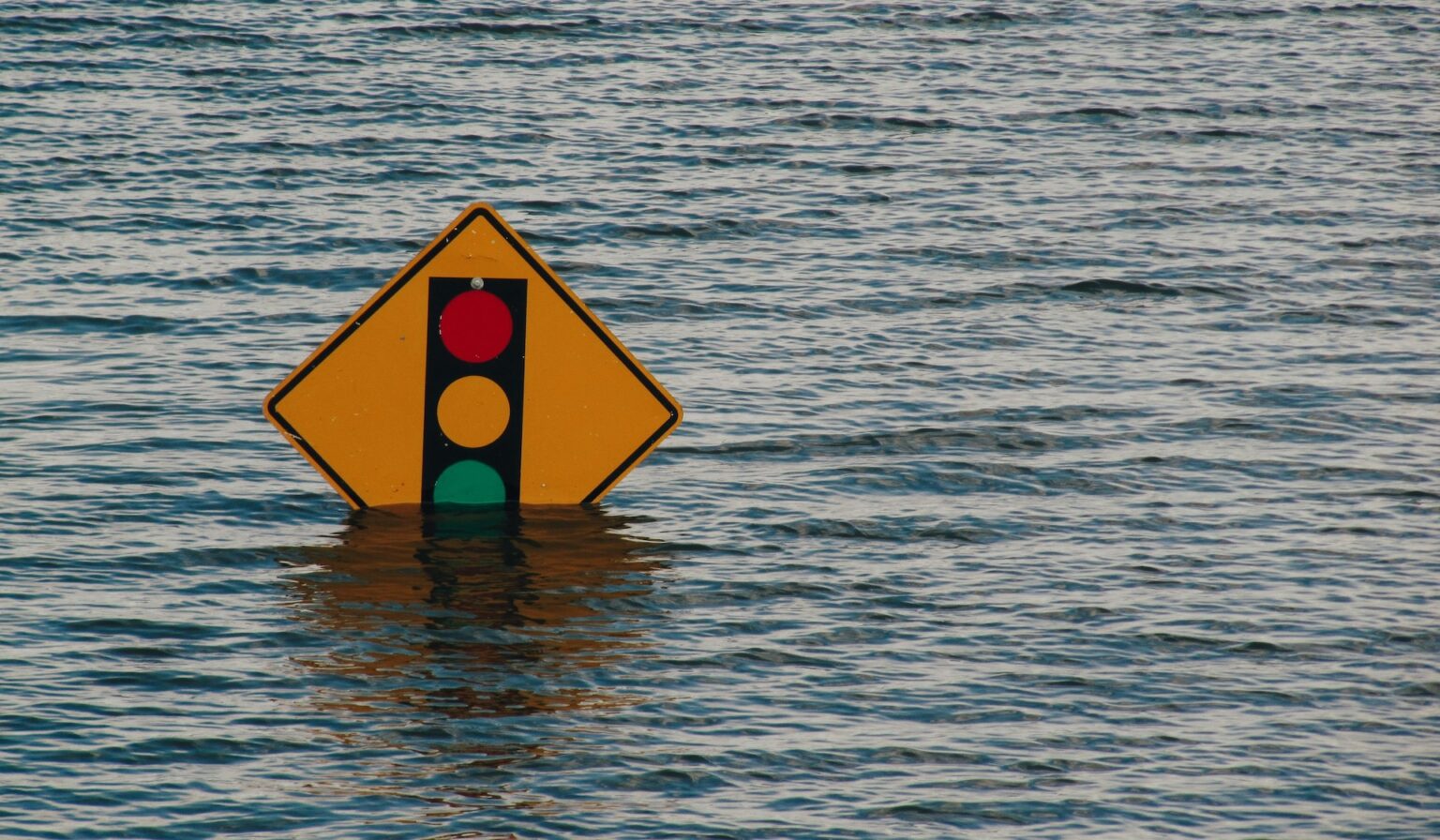Addressing the Lack of Resources in Underserved Communities to Combat Climate Change
By DaJuan Gay, Maryland Organizer

Climate change is a global challenge that affects us all. However, we must recognize and continue to highlight that certain communities, historically communities of color, bear a disproportionate burden of its impacts. Below I delve into the pressing issue of the lack of resources available to disadvantaged communities in the fight against climate disruption. By understanding the risk disparities pose and exploring potential solutions, we can work towards our ultimate goal of a more equitable and just future for all.
To fully comprehend the current state of resource disparities, it’s crucial to examine the historical context of environmental injustice. Decades of discriminatory practices, such as redlining and zoning regulations, have resulted in marginalized communities being exposed to environmental hazards far too often. Factors like proximity to industrial plants, hazardous waste sites, and poor air quality have adversely affected the health and well-being of these communities. A recent example of this occurred in Curtis Bay, MD when two CSX locomotives collided causing a diesel fuel spill. It has left a lasting impact on the already burdened neighborhood’s air quality and left the majority African American community to deal with the remnants.
Climate change exacerbates existing inequalities faced by low-income communities, such as limited access to healthcare, inadequate infrastructure, and socioeconomic challenges that amplify the impacts of extreme weather events. Climate-induced weather events have a direct effect on agriculture and food production. In Particular, families residing in rural areas are increasingly vulnerable due to limited access to resources for climate adaptation and mitigation.
Despite these challenges, disproportionately affected communities have demonstrated remarkable resilience by initiating grassroots movements and community-led projects. On Maryland’s Eastern Shore, efforts in areas like Worcester and Somerset counties emphasize the importance of empowering local voices, fostering collaboration, and supporting community-driven solutions.
To address the resource gap, systemic changes, climate literacy, and policy interventions are imperative. Inclusive decision-making processes are essential to ensure communities’ needs are met. Many organizations are attempting to achieve this by creating mechanisms that facilitate meaningful participation, such as community engagement sessions, advisory boards, and partnerships with organizations led by people of color.
Environmental justice legislation is the game changer in combating disparities and promoting equitable outcomes. By enacting and strengthening laws that explicitly address justice concerns, our political leaders can ensure that these communities are protected from harm and have access to benefits. While there is no one clear policy to address the number of issues faced, I encourage organizations support policies similar to the Climate Crisis and Environmental Justice Act that establish guidelines for an equitable distribution of resources, enforce fair and practical zoning practices, and address generational health problems.
The lack of resources to combat the effects of climate change in underserved and underrepresented communities is a critical issue that demands urgent attention. By acknowledging historical injustices, promoting community resilience, implementing equitable policies, and fostering education and awareness, we can begin the work to bridge the gap. We must work collectively towards a future where all communities, regardless of race or socioeconomic status, have the necessary resources to implement effective climate resiliency plans.